More than half of new utes to be electric by 2030: BCG report
Electricity is set to overtake diesel in the Australian ute market by 2030, according to a new report.
More than half of all light commercial vehicles sold in Australia by the end of the decade will be electric, according to the report released today by the Boston Consulting Group.
Titled “The Future of Buses and Light Commercial Vehicles Is Electric“, it says “light commercial vehicles, buses and even some trucks are ripe for electrification”.
The BCG report nominates buses as the segment most likely to switch almost entirely to electric by 2030. It says there is already a total cost of ownership (TCO) benefit today with electric buses that makes them more viable for transit usage.
By 2030 BCG is forecasting 95 percent of transit buses, 80 percent of school buses and 55 percent of coaches will be electrified – almost all of them using battery electric technology. Between five and 10 per cent would utilise hydrogen fuel cell technology.
But it’s light commercial vehicles – the utes and vans that account for almost one in four new vehicle sales in Australia – that BCG sees the big opportunity in the imminent EV switch.
READ MORE: EV ute overload: The electric pickup trucks coming soon
It estimates 55 per cent of all LCVs sold in 2030 will be electric, with most powered by battery electric technology. BCG says plug-in hybrid EVs (or PHEVs) will play a “minor side role” in the switch to electrification and that “the PHEV share within the 55 percent adoption rate in 2030 is relatively low”.
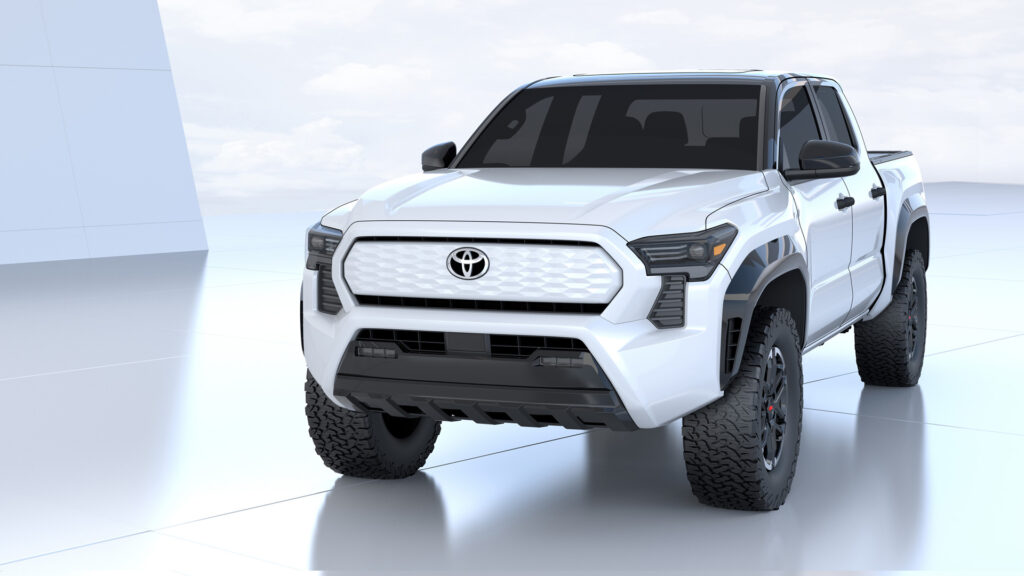
“TCO parity has already been reached for transit buses due to the high utilisation and modest energy requirements, and light commercial vehicles is only one year away,” the report says.
In other words, by 2023 it could make financial sense for a business to select an electric van or ute over their ICE alternative – assuming there are enough available.
That’s a big call, given there are currently no electric utes or vans on the market.
LDV recently announced its intention to start selling the eT60 ute and eDeliver 9 van before the end of 2022 while Ford has the E-Transit and smaller E-Transit Custom coming in 2023.
There are also plans for EV conversions of existing Toyota Hiluxes and Ford Rangers to electric from companies such as Roev, H2X and SEA Electric. Each has plans to create their own electric utes in the longer term but believes there is sufficient fleet and government demand to warrant local conversions to electric.
Longer term, there’s no shortage of electric utes on the way. Ford, Toyota, Volkswagen and others have all said they are working on EV utes.
And, of course, in America they’re already available. Ford has almost quadrupled planned production of its F-150 Lightning, Chevrolet will soon start building the Silverado EV and Rivian has beaten the Tesla Cybertruck to market with its much-hyped electric pickup truck.
BCG sees the electrification of the commercial vehicle fleet as happening in three waves, with heavier duty vehicles travelling longer distances the last to make the EV transition.
“Although adoption of Electric Vehicle (EV) transport is still nascent outside of passenger vehicles, we expect to see significant growth over the next decade,” the report states “This will happen in several waves, starting with fleet- and depot-based buses and light commercial vehicles, followed by intra-city and medium distance commercial and passenger freight vehicles.”
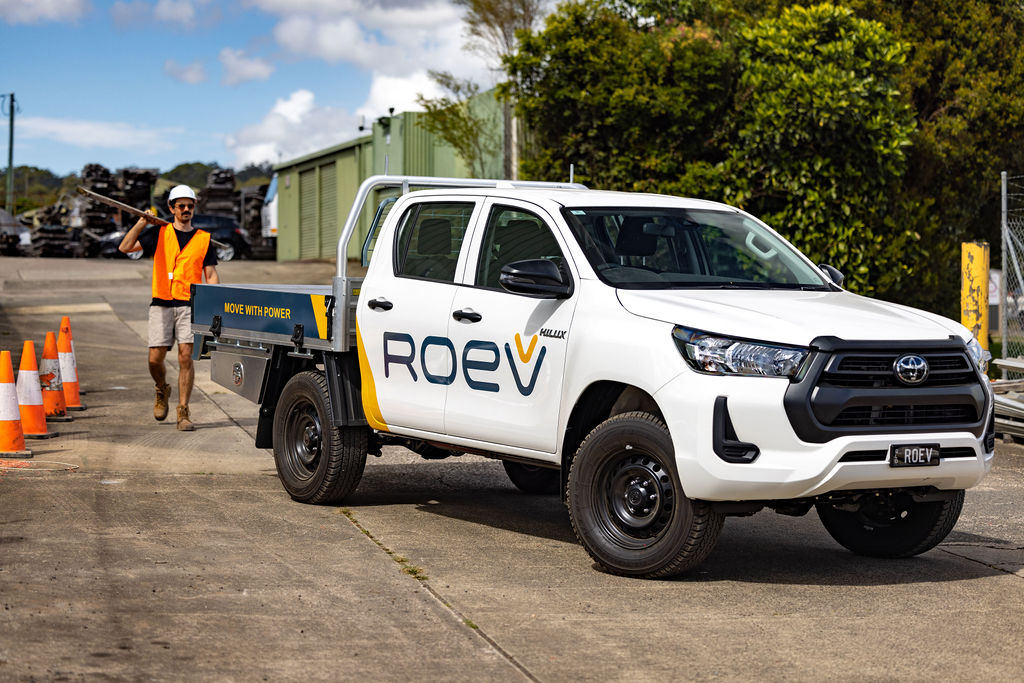
BCG says supportive regulatory policies are crucial, nominating the recently announced National Electric Vehicle Strategy as “a first sign of a stronger federal support for greater adoption of electric vehicles”.
The BCG says the current supply chain challenges and a lack of incentives to send vehicles to Australia are brakes on EV adoption. It also nominates sufficient charging infrastructure – or a lack thereof – as something that will shape the EV adoption of commercial vehicles.
BCG also warns that a lack of regulatory framework risks Australia becoming a dumping ground for ICE commercial vehicles.

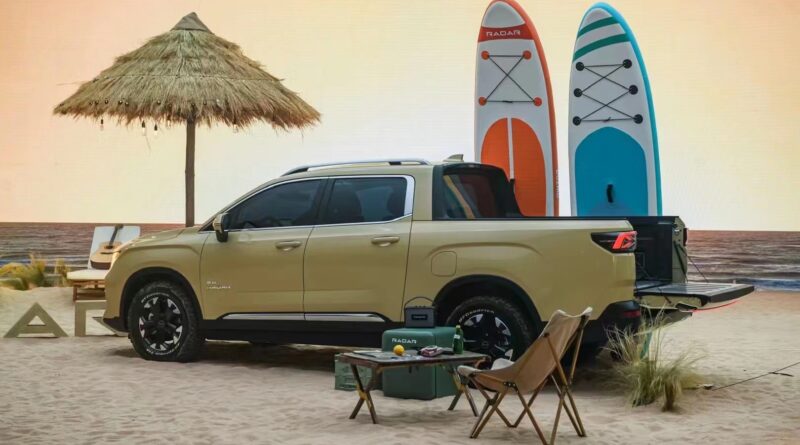
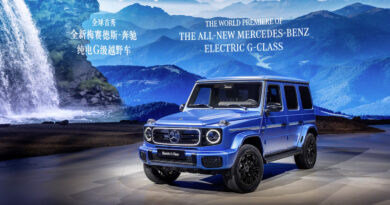
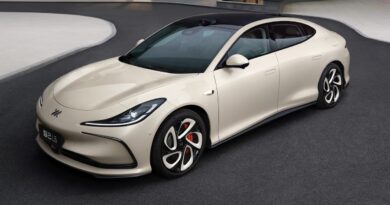
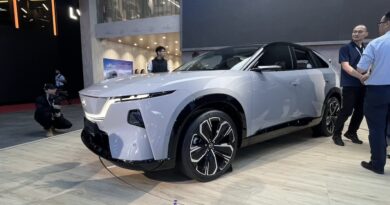
Good article IMHO despite referencing lightweight BCG noise.
IMHO the tradie’s ute will take a looong time to replace. It offers amazing functionality.
Conversely its emissions are the worst.
The 2022/23 ute market in OZ wil be a big one and not the last.
There are no alternatives to a vehicle that can sit on 115Kmh for hrs on end, tow a big-arse caravan to remote OZ, carry the kids to school with mil-spec safety and project an image that says “I’ve achieved, I’m country & I’m fair-dinkum Aussie”.